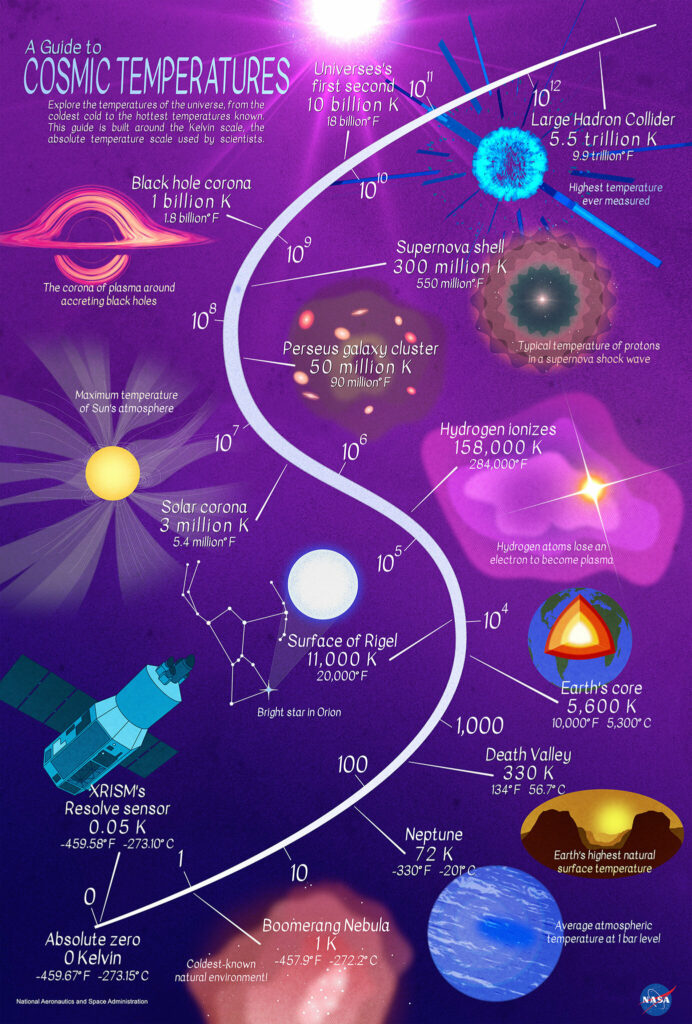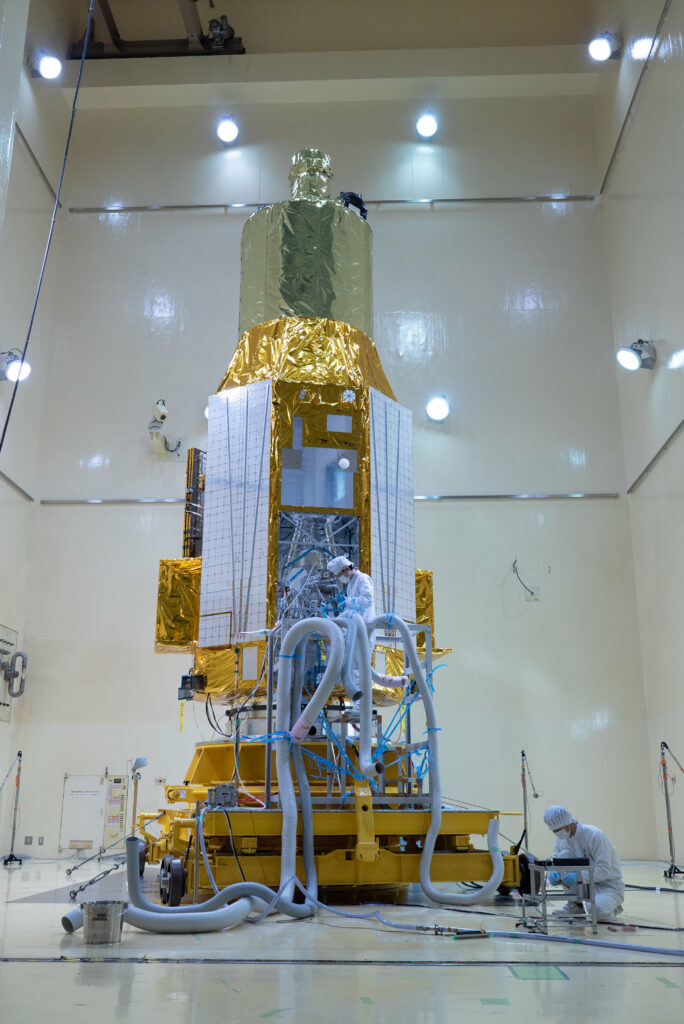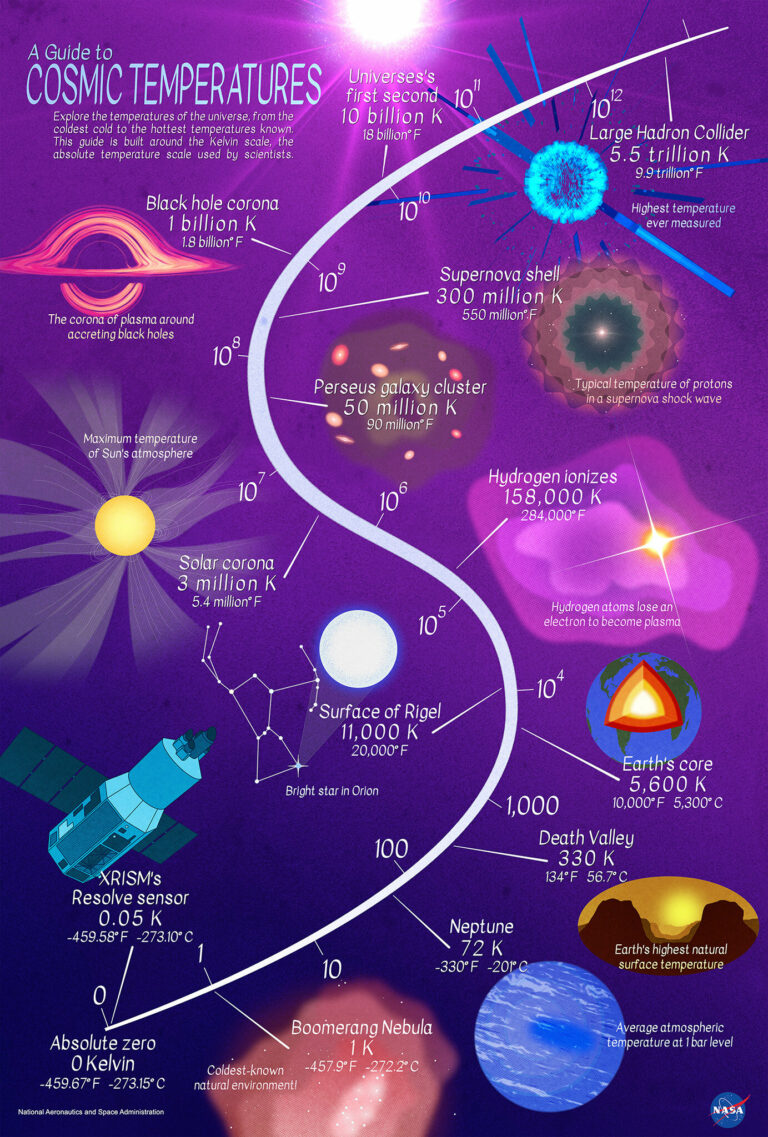XRISM Mission Prepared to Investigate the Hottest Regions of the Universe
Japan’s XRISM (X-ray Imaging and Spectroscopy Mission), pronounced “crism,” is set to launch on August 25 (August 26 Japan local time), promising an unprecedented exploration of some of the universe’s most scorching regions.
What sets it apart is its utilization of an instrument colder than even the frigid cosmic locales currently identified. “XRISM’s Resolve instrument will allow us to delve into the composition of cosmic X-ray sources in a manner not previously achievable,” stated Richard Kelley, NASA’s XRISM principal investigator at NASA’s Goddard Space Flight Center in Greenbelt, Maryland.

“We anticipate gaining many new insights into the hottest objects in the universe, including exploding stars, black holes and the galaxies powered by them, and clusters of galaxies.” An informative NASA infographic illustrates the vast spectrum of cosmic temperatures, ranging from absolute zero Kelvin to the Boomerang Nebula—the coldest-known natural environment. XRISM’s Resolve instrument’s detector operates at a temperature just a few hundredths of a degree warmer than absolute zero.
This is 20 times colder than the Boomerang Nebula and approximately 50 times colder than the temperature of deep space, which is only warmed by the oldest light in the universe—the cosmic microwave background. This collaborative instrument, developed by NASA and JAXA (Japan Aerospace Exploration Agency), requires such extreme cold conditions because it functions by measuring the minuscule temperature rise resulting from X-rays hitting its detector. This process accumulates data depicting the brightness of the source across various X-ray energies, analogous to colors in visible light. It enables astronomers to identify chemical elements through their distinct X-ray fingerprints, known as spectra.

“At present, our instruments can only capture these distinctive fingerprints in a somewhat blurred manner,” explained Brian Williams, NASA’s XRISM project scientist at Goddard. “Resolve will essentially provide X-ray astrophysics with a spectrometer equipped with a magnifying glass.
” XRISM’s second instrument, named Xtend and created in collaboration with JAXA and Japanese universities, serves as an X-ray imager. It will conduct simultaneous observations with Resolve, offering complementary information. Both instruments depend on two identical X-ray Mirror Assemblies, which were developed at Goddard.
This article is republished from PhysORG under a Creative Commons license. Read the original article.
Do not forget to share your opinion with us to provide you with the best posts !




0 Comments